Cranberry Orange Marmalade
I’ve always strongly associated oranges with summer. Their summery orange glow, bright flavors, and balmy geographic origins have all contributed to this perception. And yet I also remember that my dad always brought home the best grapefruits, even in thoroughly NOT balmy Colorado, in January and February. Occasionally, we’d receive boxes of citrus as Christmas gifts, and I even recall the local chapter of FFA selling them to neighbors as a fundraiser in the weeks preceding the holidays.
Citrus is cultivated year-round in many of the southern-most states of our continent, but it really shines in the winter. Not surprisingly, when I was driving back to North Carolina from a late-November trip to Florida with the fam, I simply couldn’t resist stopping at a roadside stand for a bag of this fruit so far outside my normal local fare.
I probably could have just eaten or juiced each and every one of these golden orbs, but I’ve been curious for some time about marmalades. I don’t remember growing up with marmalade in the house, though my mom confirms that she loved it when she was a child. Our spreadables tended to be homemade from the berries and stone fruits my grandma and grandpa grew in their garden, so perhaps that accounts for the marmalade vacuum of my youth. I’ve heard from some that marmalade is an acquired taste, that it’s a bitter product not suited for those who prefer sweet jams. I wanted to give it a shot, but wasn’t sure how I would feel about a bitter final product. I ran across this recipe, a blend of oranges and cranberries, and thought that it might be just the transitional product between sweet and bitter I was looking for.
This marmalade is pretty much exactly what it sounds like. The bulk is made up of equal parts cranberry and oranges, along with a lemon tossed in for a little extra brightness. The oranges and lemons contribute not only their juicy flesh but also their colorful, flavorful rinds.
The rinds contribute a touch of bitterness to this otherwise sweet jam, but it’s also the primary vehicle for the brilliant citrus flavor that punches through the cranberry.
This marmalade is a great way to use up any glut of cranberries you may have left over from the holidays, as well as any citrus you may have received as a gift. It’s delicious when used as a spread, but I’m also confident it would make a great stir-in for a poultry marinade or even as a topping for ice cream.
To those of you who live in climates where citrus grows freely and rampantly: I am incredibly jealous. How do you make the most of your fruit?
Cranberry Orange Marmalade
Adapted from Small Batch Preserving
Makes about 5 pints (10 cups)
5 medium oranges, thoroughly washed and dried (I used Red Navels)
1 lemon, thoroughly washed and dried
6 cups water
4 cups fresh or frozen whole cranberries, washed and picked through
8 cups granulated sugar
Use a vegetable peeler to remove the thin, colorful outer rinds from the oranges and the lemons. Chop the rind into a fine confetti and combine with the water in a large stainless steel pot. Bring to a boil over high heat, then cover, reduce heat to medium, and boil for about 20 minutes.
While the rind is boiling, peel away the remaining white rind from the citrus and discard. Separate the oranges and lemon into segments and remove seeds from each segment. Discard the seeds. Place all of the citrus segments in a food processor and pulse until thoroughly chopped. Add citrus to the pot. Add cranberries to the food processor and pulse until finely chopped, then add the cranberries to the pot as well. Turn the heat back up to high and bring pot back to a boil. Cover pot and continue boiling for about 10 minutes, stirring occasionally.
While this is boiling, prepare a boiling water bath and sterilize the jars and lids you plan to use.
Add the sugar to the pot. Stirring steadily, boil rapidly for about 20 minutes or until marmalade forms a gel. To test for a gel, spoon a bit of marmalade onto a small plate and place in the freezer for a minute or two. If a skin forms over the puddle of marmalade, it is ready.
Remove from heat and ladle into warm, sterilized jars, leaving about ½” head space. Lid the jars and screw on the rings until just past fingertight. Process in a boiling water bath for 10 minutes.

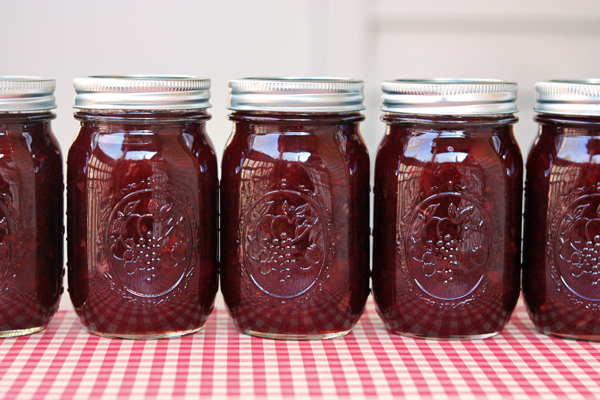
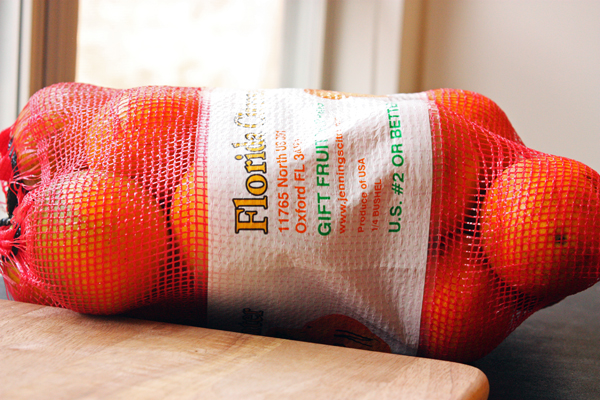
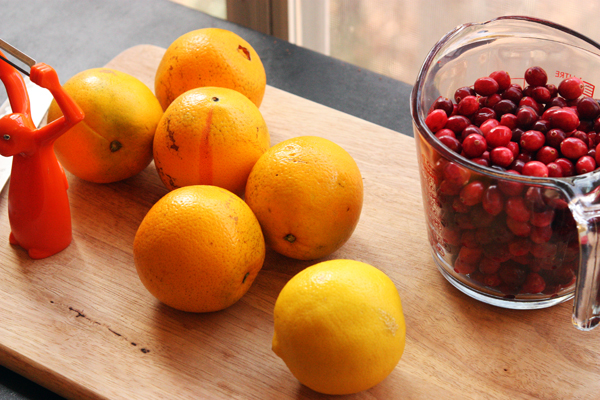
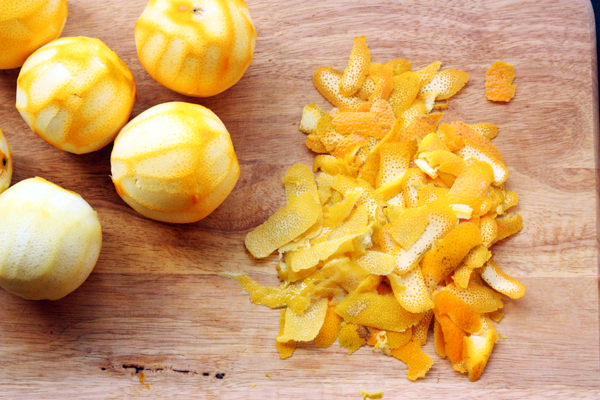
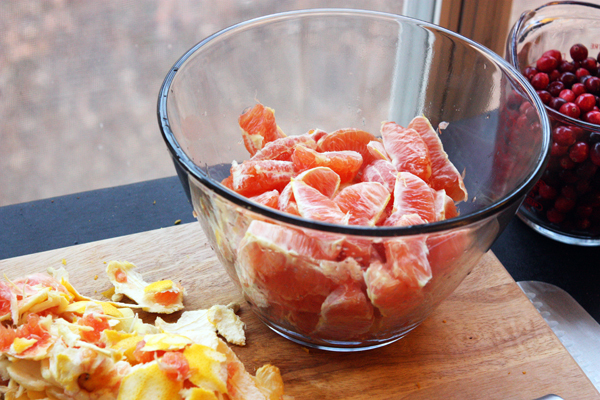
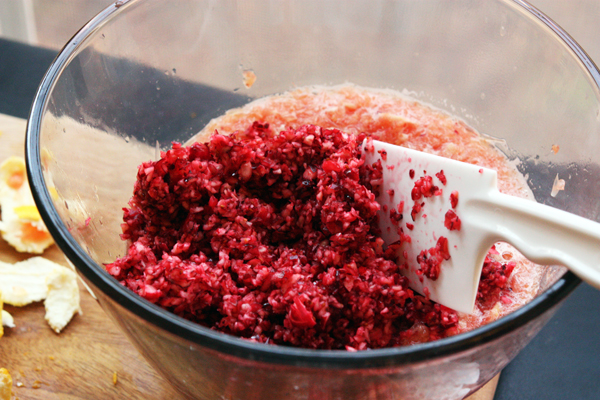
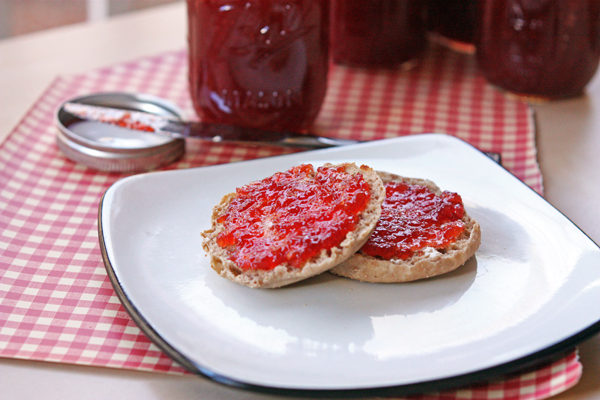
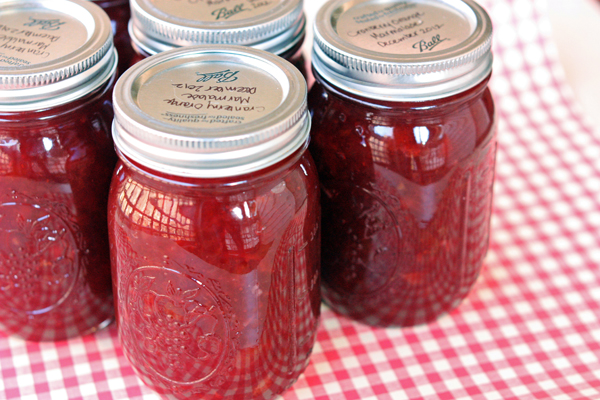

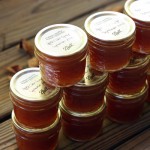
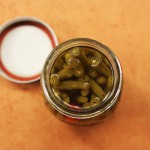
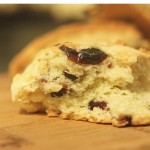

Marilyn
March 28, 2016 @ 8:31 pm
Tried this recipe the initial taste is fantastic. We will see how it gels.
Angela Martin Solomon
March 30, 2018 @ 7:38 pm
I made this today because I was sick during the winter holidays & I had a big bag of cranberries in my freezer that were suppose to be for Thanksgiving & Christmas so we . (my son & I ) got a ham for spring equinox that we celebrate on Easter . cause we are pagan and I make a orange raisin sauce for ham that calls for orange marmalade . so I made this; I almost added a pectin to thicken it but I boiled it & I saw it begin to jell so I stayed with the dirictions on here . what a winner ! I love this & I will be making more :)